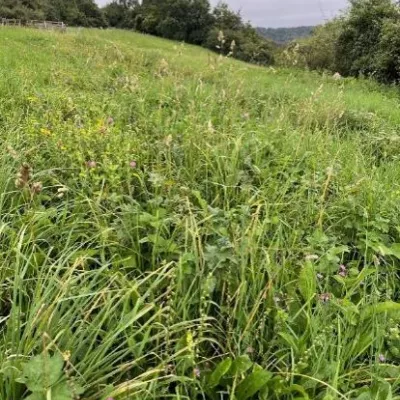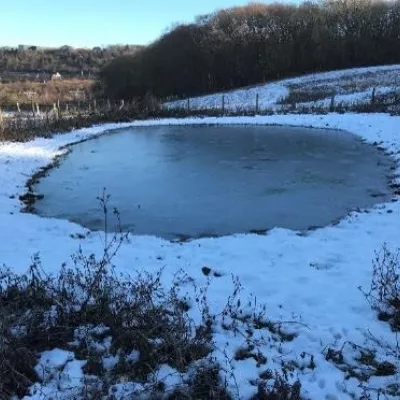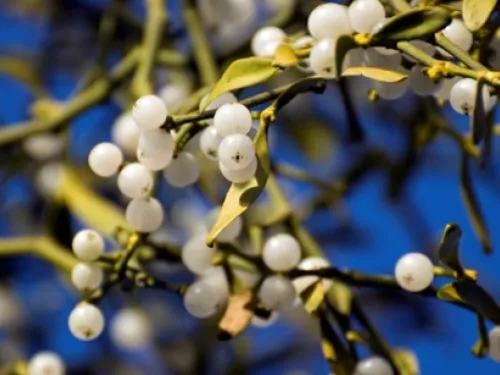The works across all sites have not only supported the long-term protection and improvement of habitats across Kent’s North Downs, but have also improved access and enjoyability for the people that visit.
The OCND project is in its final months of delivery. Thankfully, due to efficient partnership working and legacy planning, the project’s vision will continue to be delivered beyond its end. The End of Project conference was held at the beginning of October 2022, with over 80 people in attendance all representing a community of committed individuals with a common goal.
The conference was an opportunity to celebrate the collective achievements, from land management work to community engagement and education; as well as highlighting the effort and passion that so many individuals have contributed to the project.
















